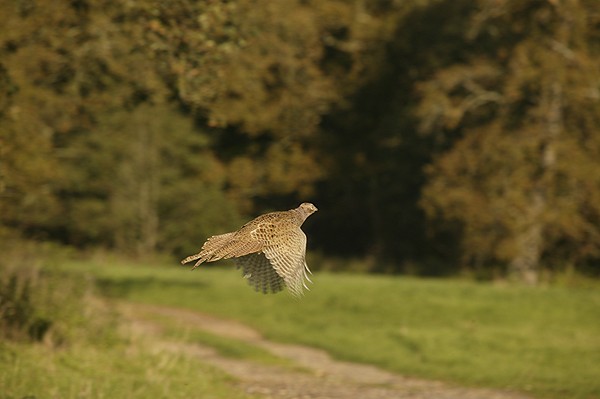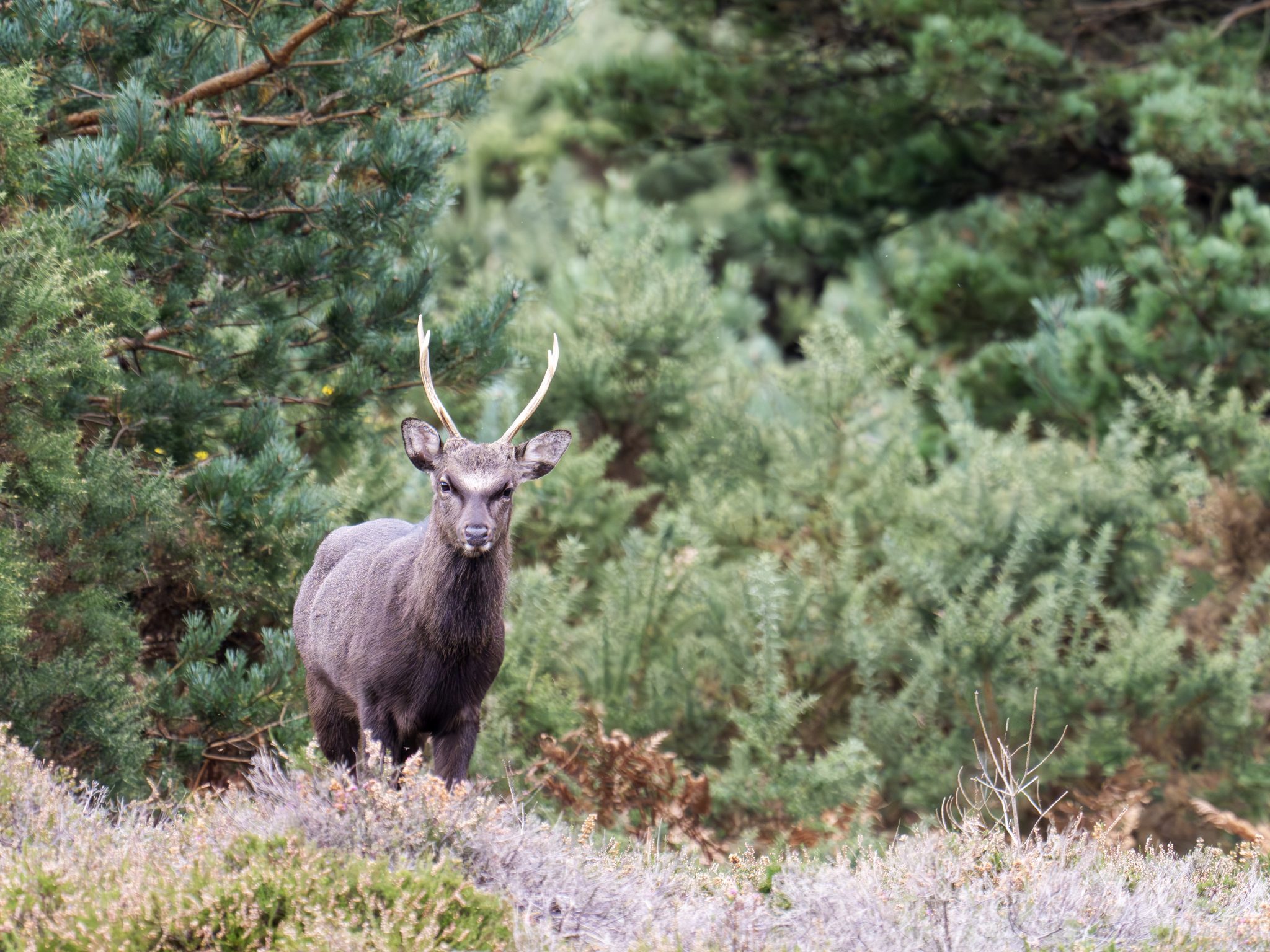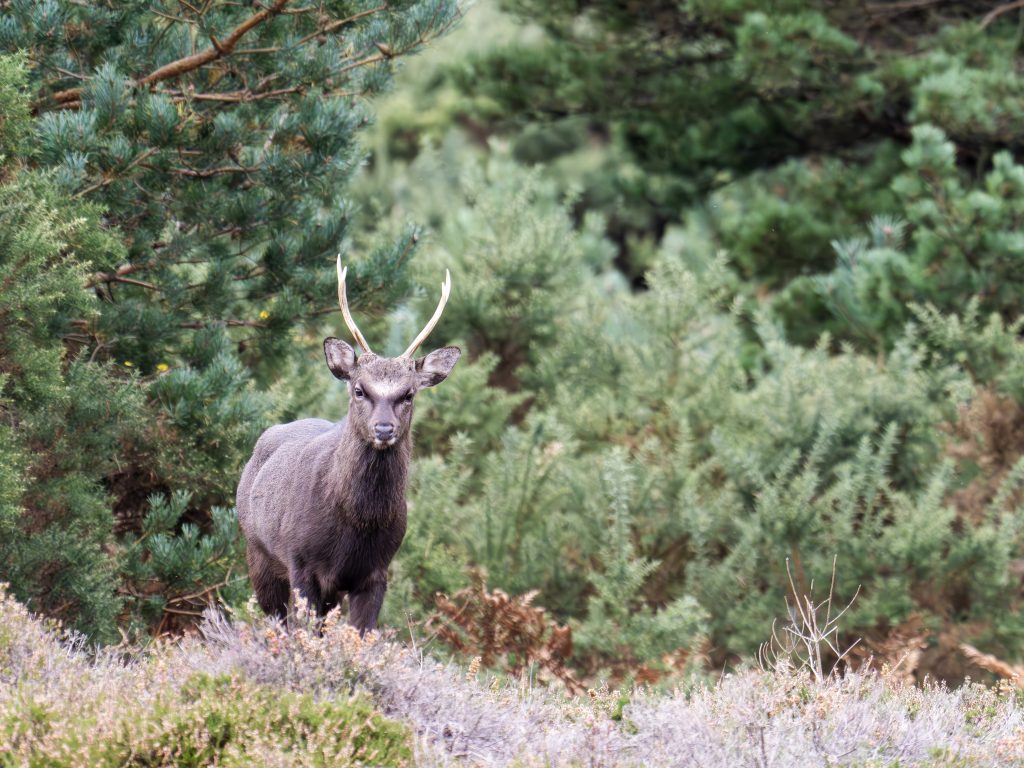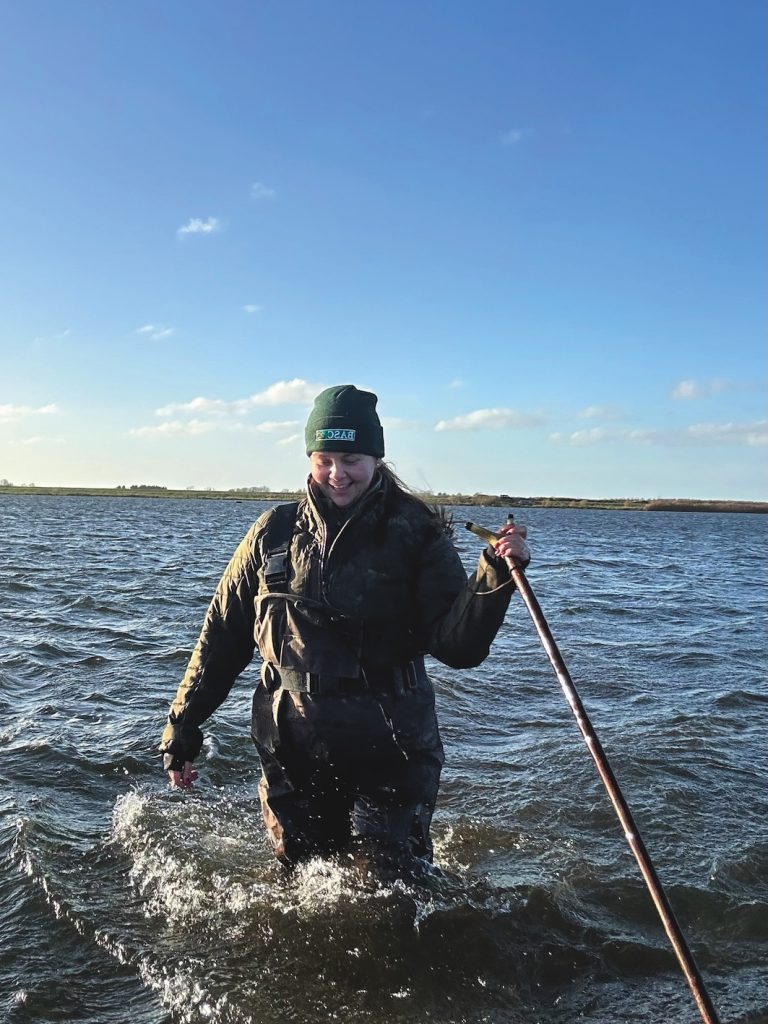Win CENS ProFlex DX5 earplugs worth £1,149 – enter here
Gamebird Research: Into the Wild
<strong>The RSPB recently questioned how gamebird releases impact on predator numbers. The GWCT’s Dr Rufus Sage examines the subject and the science</strong>

Shooting Times recently highlighted an article by the RSPB?s conservation director Mark Avery (RSPB director questions impact of game releases, 20 October), which raised some interesting points about unresolved issues relating to the presence of released pheasants in the UK?s countryside.
The Game & Wildlife Conservation Trust has undertaken research into the impact of pheasant releasing on wildlife and habitats over a 10-year period. The work has been substantial, but further issues need to be addressed. So far, it has highlighted the many benefits normally associated with habitat management work for game and identified some of the unwanted impacts. We are using these findings to encourage a better balance between these two aspects in order to promote a sustainable low-impact approach to releasing.
Looking at the benefits first, we know that woodlands are usually better places for wildlife following game management activities. Game-managed woodlands have better shrubby edges than other similar woodlands without a game interest, and they have more open spaces and sunnier rides. There are also more woodland birds and wood-edge butterflies in game woods than in other woods. In a similar vein, birds on open farmland are maintained at higher numbers in areas that have a variety of gamecrops and game feeders during the winter.
On the other side of the coin, the presence of large numbers of released pheasants, particularly at pen sites, can impact on ground flora inside those pens. Similarly, large releases of pheasants moving from release sites to gamecrops can cause subtle changes to the structure and species composition of hedges on farmland.
There are also other possible effects of releasing for shooting, good and bad, about which we can only speculate, and it is this area that Mark Avery?s blog highlights. There are two main points relating to releasing and their impacts made in his piece, which require comment: first, Dr Avery refers to the possible increase in predator populations alongside large pheasant releases. Second, he highlights the suggestion that pheasants are depleting the naturally occurring seed resource on farmland and that, as a consequence, other birds suffer.
No effect on predator population
This second point has not been looked at specifically, but pheasants are nearly always fed on release-based shoots and therefore cannot access many of the seed resources available to smaller birds. As indicated, the suggestion also appears to ignore the fact that most release-based shoots tend to plant seed-bearing gamecrops and hence attract many more seed-eating songbirds throughout the winter than similar tracts of farmland which are not managed for game.
As to the issue of whether or not generalist predators increase in density where pheasants are released, several factors are relevant. There is an old adage that, while a predator may be important to a prey item, the prey is not necessarily important to the predator. The only two studies of fox diet on released gameshoots were undertaken many years ago on small shoots involving the release of hundreds, rather than thousands of pheasants. In these cases, the foxes? diet was varied, included a relatively small percentage of gamebirds, but was dominated by rabbits. Rabbits are common in the countryside and changes in the abundance of secondary food items, such as pheasants in this case, is unlikely to have a population effect on the predator.
The exact figure is unknown, but 35 million or so pheasants are released into the British countryside in late summer. However, numbers have not been increasing in recent years. They only exist in anything like this number during autumn.
Need for an alternative food source
Our research suggests that by the end of January, around 10 to 15 per cent of the original releases remain on the ground and that they usually continue to decline after that, too. They have a varied fate; most are shot, though up to a quarter are taken by predators. Suddenly, this is not such a significant quantity. Certainly, it is plausible that large releases may see adult foxes (or carrion-feeding crows) through a lean early-winter period, but they tend not to be available in the months before and during the main breeding seasons for such animals. There must be a self-sustaining and more persistent alternative food source for successful breeding.
We also need to remember that most shoots undertake fox and crow control. The effect of this in terms of the remaining abundance of these predators compared to otherwise similar non-game land is likely to be variable. However, most shoots at least aim to reduce foxes and crows in the release area and if it was demonstrably ineffective, they wouldn?t do it. We do not know what are the combined effects of releasing pheasants and predator control from a large nationally representative selection of sites, but some shoots we have looked at over the years are more effective at managing these predators at low levels than others.
There is also a wider issue relating to the availability of food for wildlife on farmland due to the farming itself and land management generally. It is helpful to consider releasing and shooting in the context of these other land management practices. Growing crops, storing feed, the presence of farm animals and waste food provide the potential for a food resource for generalist predators and other animals. The presence of released pheasants contributes to this food resource in the wider countryside for part of the year. However, it would be interesting to understand the circumstances when it actually dominates it and becomes a limiting factor for generalist predators and how frequently this occurs.
The RSPB and GWCT research teams are in the process of developing a programme to investigate the subject of predators and released game. The organisations have come to the conclusion that the priority should be a multi-site study of how fox densities respond to a sliding scale of pheasant releasing with varying levels of predator control. It would be useful to know whether or not there is a point at which large releases combined with ineffective predator control means that released game do become the dominant food item for overwintering foxes and hence sustain otherwise unrealistically high numbers.
It is valuable to listen to opposing views as this often provides the basis for research ideas that further prove our case. It is also this process that provides the best way of solving countryside management issues. This is also the best way of keeping conservation agencies open to some of the arguments we make about the benefits of releasing and shooting, especially the idea that game management achieves an overall net gain in terms of wildlife conservation.
Related Articles
Get the latest news delivered direct to your door
Subscribe to Shooting Times & Country
Discover the ultimate companion for field sports enthusiasts with Shooting Times & Country Magazine, the UK’s leading weekly publication that has been at the forefront of shooting culture since 1882. Subscribers gain access to expert tips, comprehensive gear reviews, seasonal advice and a vibrant community of like-minded shooters.
Save on shop price when you subscribe with weekly issues featuring in-depth articles on gundog training, exclusive member offers and access to the digital back issue library. A Shooting Times & Country subscription is more than a magazine, don’t just read about the countryside; immerse yourself in its most authoritative and engaging publication.







